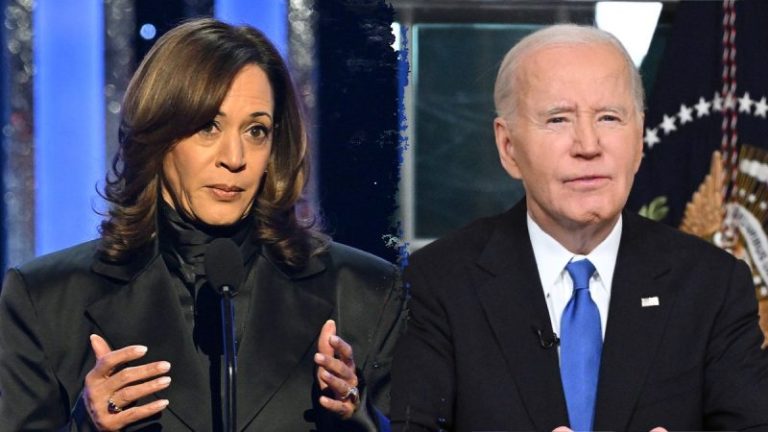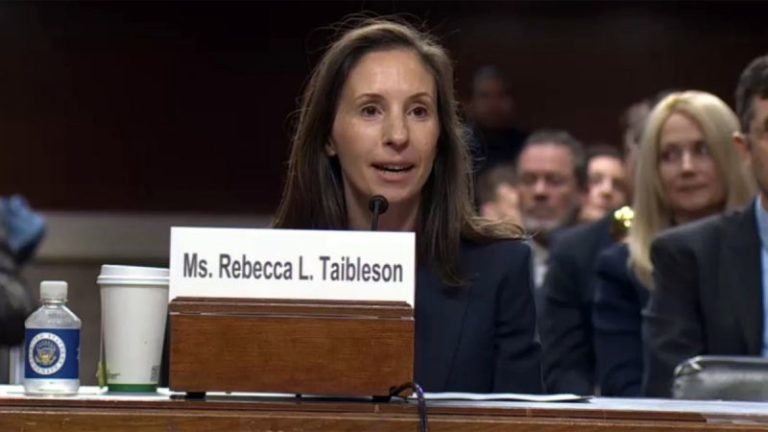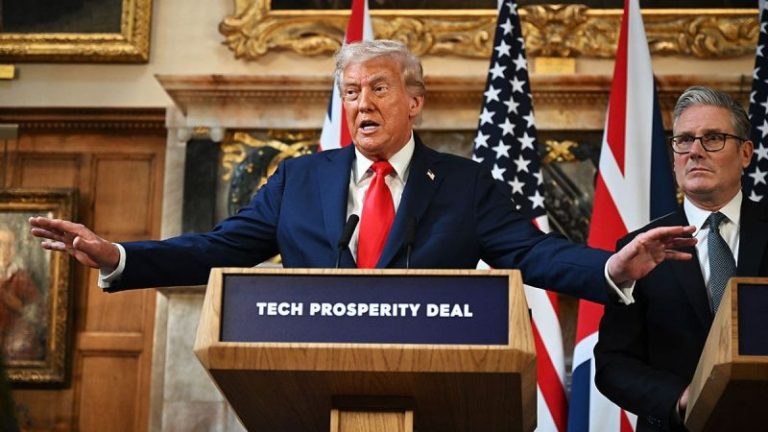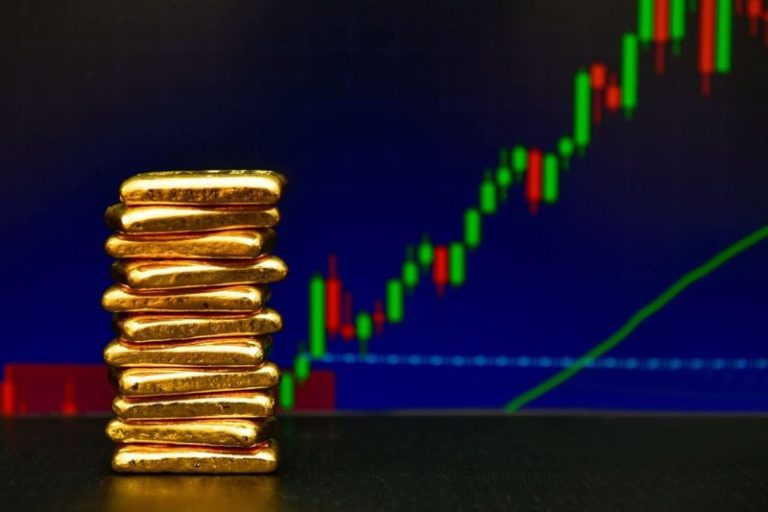Recently, Rebecca Taibleson appeared before the Senate Judiciary Committee for her confirmation hearing to a Wisconsin-based seat on the United States Court of Appeals for the Seventh Circuit, a key step toward further solidifying President Trump’s strong judicial legacy. In choosing Taibleson, Trump selected a standout from a highly qualified field. She’s not only a seasoned prosecutor and sharp legal thinker, but she’s a proven defender of the Constitution and conservative values.
Taibleson spent over a decade as a federal prosecutor in the Eastern District of Wisconsin, putting violent criminals behind bars. She doesn’t just theorize about public safety–she delivers it. She handles complex appeals and knows how to write strong legal arguments, and she wins cases and protects communities. Every day in her career, she applies the law with clarity, discipline, and purpose.
Most importantly, in her role as the co‑chief of the Appellate Division of that U.S. Attorney’s office for nearly a decade, not only did Taibleson imprison violent and dangerous criminals who were terrorizing the community, she ensured they stayed there. There are too many weak judges who free criminals when they should rot in prison for their crimes. Rebecca Taibleson is not one of them.
Her credentials speak for themselves. She clerked for the late, great Justice Antonin Scalia and then-Judge Brett Kavanaugh. She embraced a constitutionalist philosophy early in her career and never wavered. At her Senate confirmation hearing, she made it crystal clear: judges must interpret the law as written, not how they wish it were written. Judges must not rewrite laws based on personal views or political trends. She follows the original public meaning of the law and honors the Constitution.
Taibleson also knows how to stand her ground. During one of the most brutal nomination fights in recent memory, she stepped up and testified in support of her former boss Brett Kavanaugh, a nomination fight for which I helped lead the charge as Chairman Chuck Grassley’s chief counsel for nominations on the Senate Judiciary Committee. While the left smeared and attacked, Rebecca Taibleson didn’t flinch. She stood firm in defense of the rule of law and the truth. That moment proved her courage and character.
She also served in President Trump’s solicitor general’s office — the top government appellate advocates. She fought and won legal battles at the Supreme Court. She defended Trump administration policies on immigration, religious liberty, and constitutional limits. She didn’t just serve under President Trump, she helped him win. Her record shows loyalty, competence, and backbone.
Some groups have raised concerns—and even opposition before they had a chance to watch her testimony at her Senate confirmation hearing. Some are fair points; most are not. They wanted someone else. They’re circulating misleading claims and ignoring facts. They’re criticizing a nominee who far exceeds the standard for confirmation. President Trump and his team reviewed many good candidates. Like with any nominee, they balanced all the pros and cons. While no nominee is ever perfect, Rebecca Taibleson proved through her long record and unflinching public testimony that she is outstanding. She has a proven track record of being bold and fearless.
Taibleson handled her confirmation hearing exactly the way a strong nominee should. She didn’t dodge questions or pander. She answered directly and confidently and laid out her commitment to textualism, originalism, and constitutionalism. She emphasized the separation of powers and reminded the Senate that judges don’t make policy. Elected officials do.
On precedent, she spoke with clarity. She said Dobbs v. Jackson controls abortion law, and she will follow it. She refused to play politics with hot-button issues, but she left no doubt about her commitment to the Constitution.
She also promised to bring civility and discipline to the bench. She won’t use opinions to take swipes at parties, public officials, or opposing views. She respects the role of the judiciary and knows the difference between law and politics. She pledged to uphold judicial restraint.
Taibleson’s background shows real-world depth. Early in her career, she worked with Israel’s national emergency medical, disaster, ambulance, and blood bank service Magen David Adom during the Second Intifada. She helped defend civilians from terrorist attacks. That experience gave her a deeper understanding of law, national security, justice, and what is at stake for Western civilization. It also showed her values: courage, service, and loyalty to free societies under attack.
Taibleson has answered the questions raised by her detractors from the left and the right. She addressed every issue and demonstrated exactly why she belongs on the Seventh Circuit. Her hearing and record proves her fitness. She showed strength, clarity, and deep legal knowledge. And she put to bed any concerns.
President Trump built the best judicial legacy in a generation. He transformed the Supreme Court into the first constitutionalist Court in 90 years. He reshaped the federal judiciary with principled, constitutionalist judges. He made those choices carefully, and he made the same careful decision here. Rebecca Taibleson fits that mold. She brings real experience, proven loyalty, and a first-rate legal mind.
The Senate must confirm this bold and fearless judicial nominee. She earned this seat by standing up when it counted. She served President Trump with distinction and fought for her country in the courts. She prosecuted criminals and protected communities. She embraces originalism and the rule of law.
President Trump chose right. The Senate must finish the job.
This post appeared first on FOX NEWS










